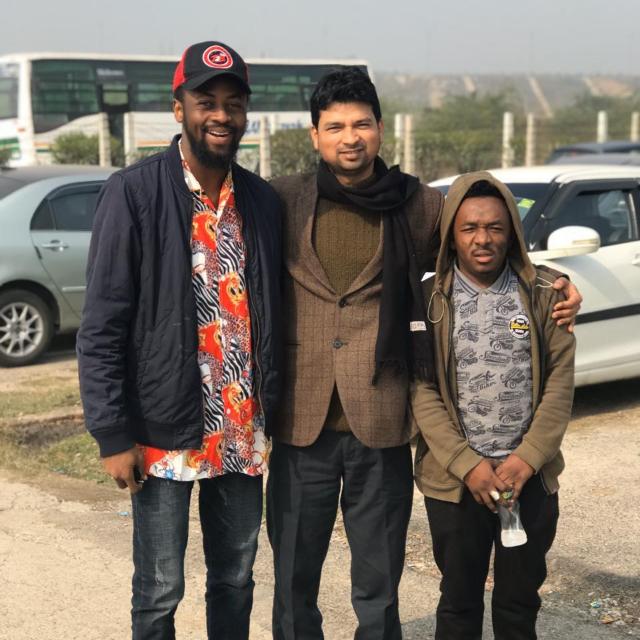Formal Communication
What is formal communication? Explain types of formal communication .
Formal communication refers to the flow of official information through proper, predefined channels and routes. The flow of information is controlled and needs deliberate effort to be properly communicated. Formal communication follows a hierarchical structure and chain of command. The structure is typically top down, from leaders in various departments and senior staff in the organization, which funnel down to lower level employees. Employees are bound to follow formal communication channels while performing their duties.
Formal communication is considered effective as it is a timely and systematic flow of communication.
Types of formal communication
Below we provide a comprehensive list pertaining to the types of formal communication:
- Memos
- Intranet
- Meetings
- Conferences
- Formal One-on-Ones
- Bulletin Boards
- Handouts
- Letters
- Presentations
- Speeches
- Notice Boards
- Organizational blogs
- Emails from managers and leaders
What does formal communication look like?
Formal communication can sound rather complex and convoluted, but generally formal communication is governed by a chain of command and follows organizational convention. Within the organizational set-up, formal communication can make up any of these forms:
1. Downward Communication
Downward communication represents the most stereotypical form of formal communication. Information flows from management level down to lower levels. It is the most common form of formal communication. Downward communication includes orders and instructions represented in oral or written format. Reports, emails, letters and manual communication are commonly used downward communication tools.
2. Upward Communication
Upward communication contains information which passes from subordinate levels up to management and senior levels. Common forms of upward communication include (from employees to managers and above) reports, suggestions, requests, instructions and complaints.
3. Horizontal Communication
Horizontal communication refers to communication between individuals who are at the same or similar levels within an organization but have different areas of responsibility. Horizontal communication is slightly more fluid and dependent on cross-individual communication. Typical examples exist as communication between managers of different departments (HR, Marketing, Sales, etc.).
4. Diagonal Communication
This occurs when employees of different departments at different levels communicate with each other irrespective of the chain of command. Communication between a floor manager and a Sales team is a prime example of diagonal communication.






















